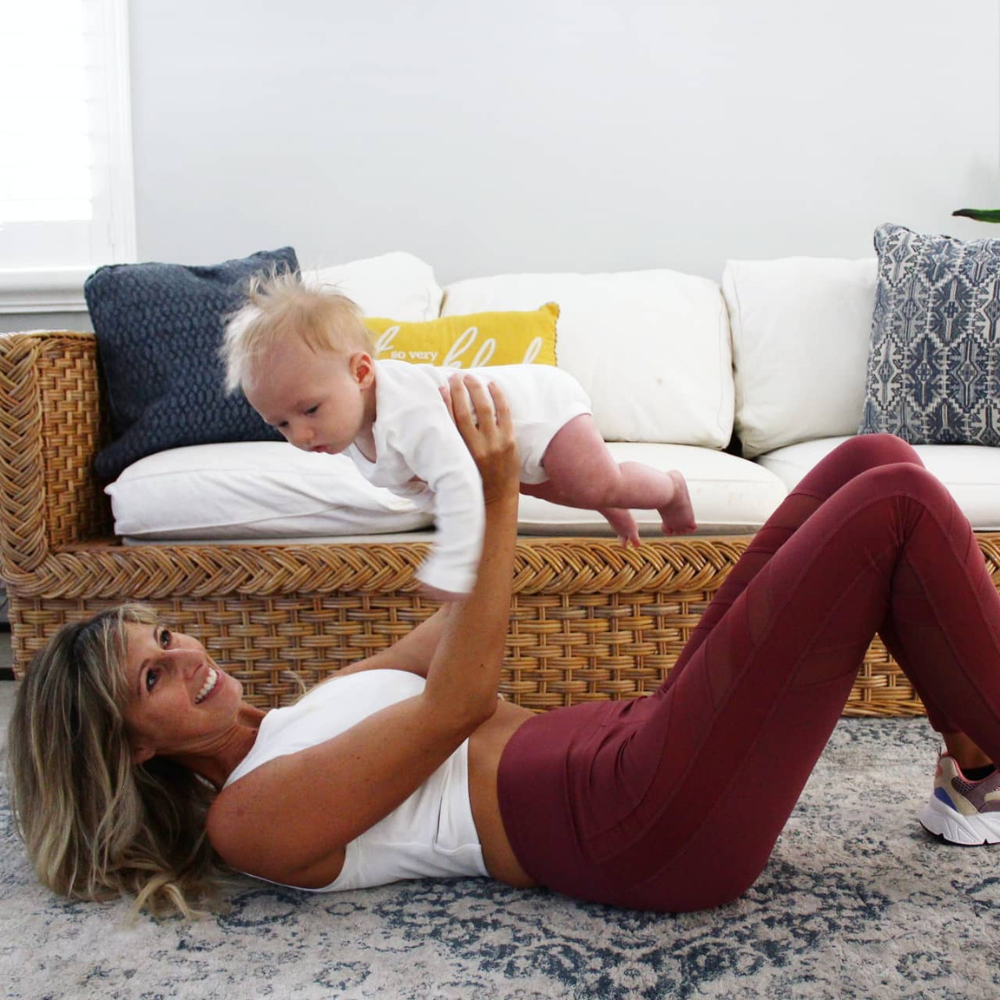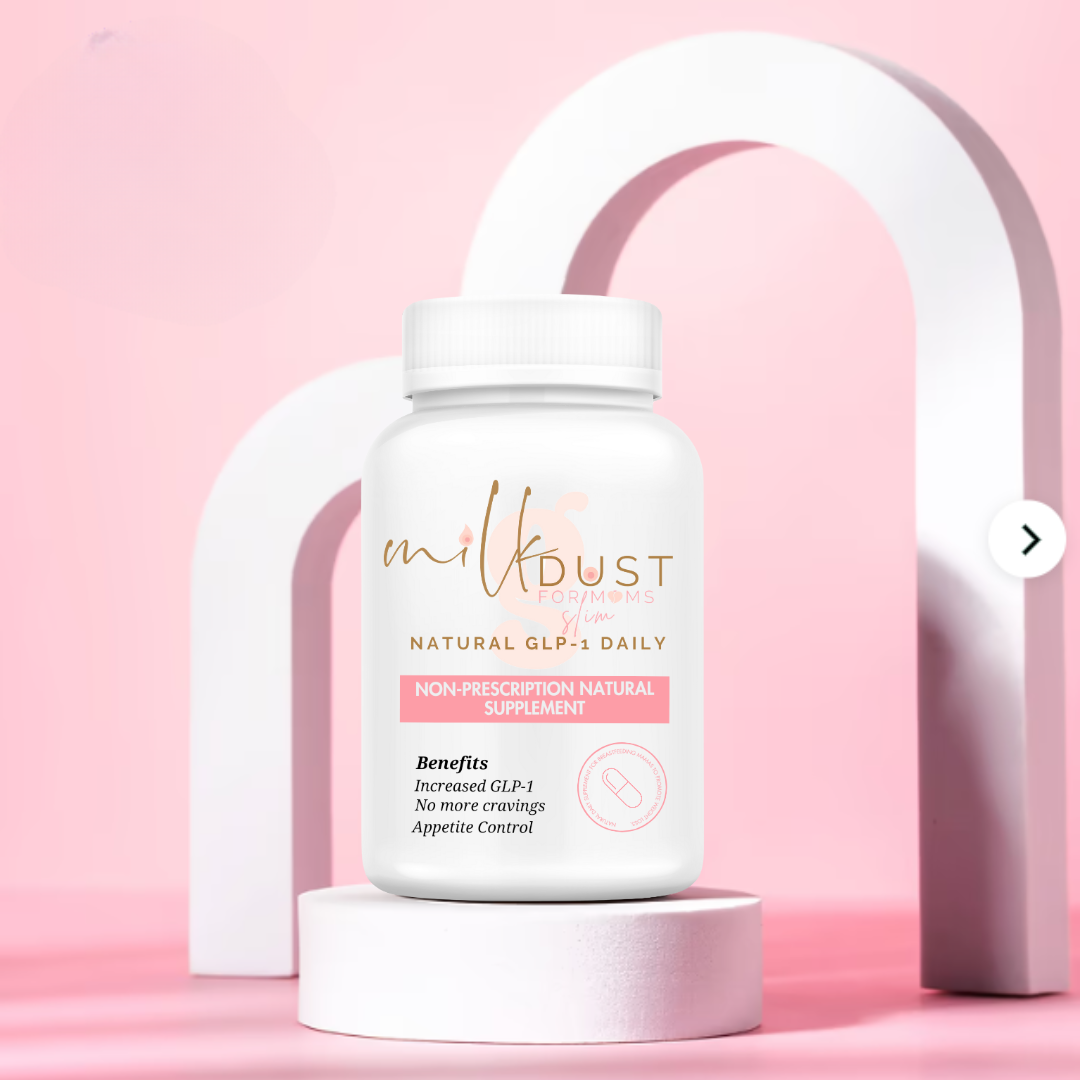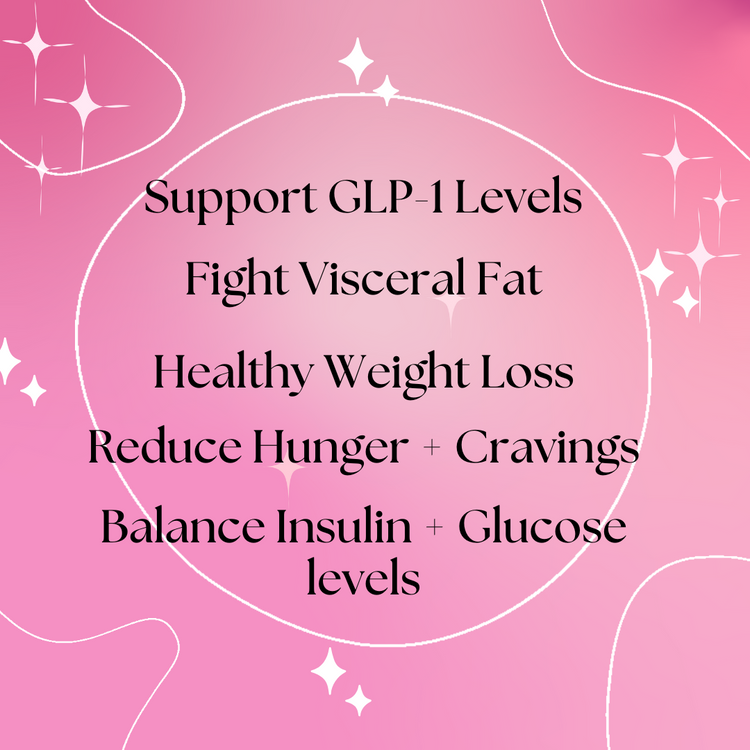As the founder of Milk Dust, a pre/postnatal fitness specialist, and a mom of four, one of the most common questions I hear is:
“How soon after giving birth can I start exercising?”
The truth: it depends on your body, your birth experience, and your healing process. But with the right approach, postpartum exercise can be one of the best tools for recovery, mood, and strength.
In this post, I’ll walk you through:
-
The benefits of exercise postpartum
-
Why you need to wait for healing before doing too much
-
A safe timeline for postpartum workouts
-
Why Pilates is the best starting point for new moms
-
How nutrition (and Milk Dust!) supports your recovery
Why Exercise After Birth Matters
Exercise isn’t just about “getting your body back.” Postpartum movement has powerful benefits, including:
-
Boosting mood & fighting depression through endorphins and reduced stress hormones
-
Improving circulation & recovery by getting blood flow to healing tissues
-
Strengthening your core & pelvic floor after pregnancy stretches and weakens these muscles
-
Correcting posture & alignment affected by pregnancy weight and nursing positions
For more on the connection between postpartum mood and health, read: What Is Postnatal Depression?
Why You Must Heal Before Jumping Back In
Your body just went through one of the most intense events of its life. Jumping into high-impact workouts too soon can increase your risk of:
-
Pelvic floor dysfunction (incontinence, heaviness, prolapse)
-
Diastasis recti (abdominal separation)
-
Hernias or tissue injuries
-
Prolonged recovery
The American College of Obstetricians & Gynecologists (ACOG) notes that gentle exercise can start within days of an uncomplicated vaginal birth, but more strenuous workouts should wait until after your postpartum checkup (around 6 weeks or longer). For running or heavy lifting, many experts recommend waiting closer to 12 weeks.
Postpartum Exercise Timeline
Every mom is different, but here’s a safe, general guideline for postpartum movement:
Days 1–7
-
Gentle walking around the house
-
Breathing exercises
-
Pelvic floor activation
Weeks 1–4
-
Short walks outside
-
Pelvic tilts
-
Light stretching
-
Gentle core engagement (no crunches yet!)
Weeks 4–6+
-
Longer walks
-
Gentle yoga or postpartum Pilates
-
Mobility work
Weeks 6–12+
-
Low-impact strength training
-
Bodyweight exercises
-
Modified cardio
After ~12 Weeks
-
Running, jumping, heavier strength training (if cleared)
👉 Always listen to your body. Stop if you feel pain, pressure, leaking, or bulging in your core.
Why Pilates Is the Best Postpartum Workout
After four babies, I always go back to Pilates first — and I encourage my clients to do the same.
Here’s why Pilates is amazing postpartum:
-
Rebuilds core and pelvic floor through deep, gentle activation
-
Corrects posture from pregnancy and nursing
-
Low impact but highly effective for stability and strength
-
Scalable — from simple mat breathing work to more advanced moves
If you want to dive deeper, check out my post: How to Get a Pilates Body Postpartum.
The Role of Nutrition in Postpartum Recovery
Exercise is only half the equation. Without the right nutrients, your recovery slows, your mood suffers, and your energy dips.
That’s exactly why I created Milk Dust Lactation Protein Powder. It’s designed to replenish what pregnancy and breastfeeding deplete while supporting milk supply.
Each scoop is loaded with:
-
Plant-based protein → stabilizes blood sugar & boosts recovery
-
B-vitamin complex (B12, folate, B6) → supports energy & mood
-
Iron & magnesium → reduce fatigue & improve relaxation
-
Vitamin D & zinc → balance hormones & immunity
-
Superfoods (chlorella, spinach, flaxseed, turmeric, spirulina) → fight inflammation & support brain health
Together, these nutrients make Milk Dust a simple, powerful way to support your body while you build strength back through exercise.
Tips for Safe Postpartum Workouts
-
Always get medical clearance before structured exercise
-
Start with walking, breathing, and core reconnection
-
Hydrate and eat enough — don’t slash calories while healing
-
Progress slowly — think months, not weeks
-
Use Pilates to lay the foundation before harder workouts
-
Pair your exercise plan with smart postpartum nutrition
Final Thoughts
So, how soon after giving birth can you exercise?
👉 Right away, if it’s gentle, restorative movement like walking, breathing, or pelvic floor activation.
👉 Around 6 weeks, you can begin more structured, low-impact workouts.
👉 Around 12 weeks, you may be ready for higher-impact, strength, and cardio training.
Above all — listen to your body, move with intention, and nourish yourself well.
And if you want the perfect postpartum fuel, try Milk Dust Lactation Protein Powder — the easiest way to support milk supply, mood, and recovery all in one scoop.










